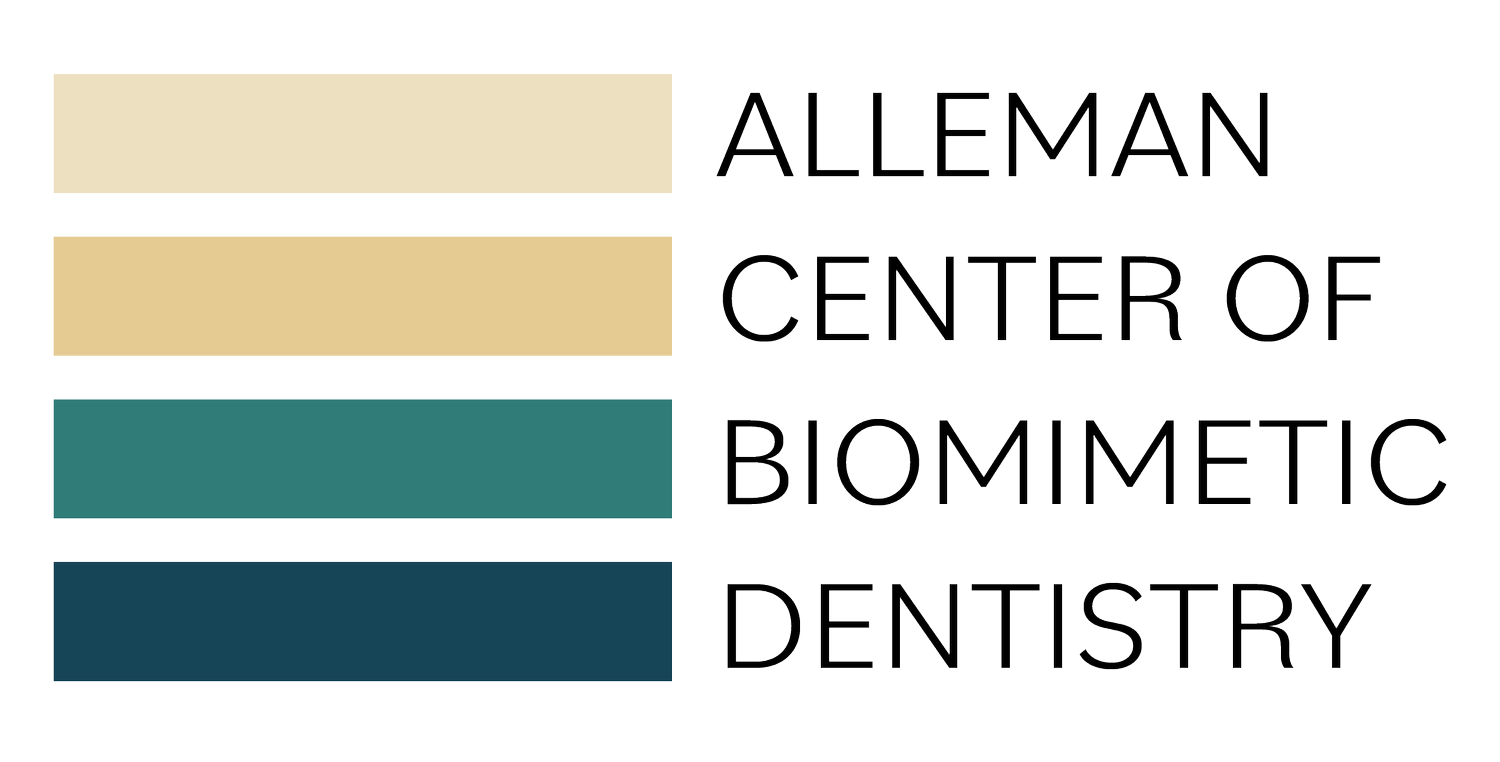Reasons Traditional Dental Restorations Fail
Many dentists execute everything they were trained to do perfectly and still experience failing restorations. Why? Traditional techniques do not address these key problems:
Decay left in the Peripheral Seal Zone (PSZ)
The PSZ is the 2 mm of dentin inside the Dentin Enamel Junction (DEJ). When decay is left in this area, you lose bond strength in your restoration. In a 1985 study, (Anderson H, et al. A comparison of digital and optical criteria for detecting carious dentin. J Prosthet Dent. 1985) 60% of clinicians left decay behind when they deemed a preparation caries-free based on a tactile approach.
The solution? Increase your bond strength in the peripheral seal zone by using multiple applications of caries detector dye, removing all caries within the PSZ and measuring to protect the pulp. These protocols are found in Alleman, Magne. A Systematic approach to deep caries removal end-points: The peripheral seal concept in adhesive dentistry, Quintessence International 2012; 43: 197-208.
An example of traditional fillings
Microleakage under the restoration
When bacteria is able to reach dentin under a restoration, it demineralizes the dentin, weakening the tooth structure and any bond to the composite. With Immediate Dentin Sealing (IDS), Resin Coating (RC) and understanding the principles of Decoupling with Time (DWT) (Alleman, et al. Decoupling With Time. Inside Dentistry. 2021), you can create a Biobase to seal the tooth, preventing recurrent decay under the restoration and sealing the pulp against infection.
Unsupported tooth structure
It takes 500 lbs of force to break a natural tooth. As soon as you remove the sub occlusal transverse ridges (also known as Rainey Ridges), the amount of force it takes to crack the tooth drops significantly because the cusps are no longer supported by the sub occlusal webs of enamel. So if you have a large restoration with an isthmus width of 2mm thick or more, just 212 lbs will break the tooth (Larson D, et al Effect of Prepared Cavities on the Strength of Teeth. Operative Dentistry. 1981;6:2-5).
A crack under a restoration is a highway for bacteria, which can lead to the loss of additional tooth structure and will only grow larger as the tooth continues to bend and flex over time. Prevent large cracks by treating small cracks early with high magnification (at least 6x) and complete removal in the PSZ. Ensure you are using a biomimetic bonding protocol to support healthy tooth structure in teeth that need treatment.
High c-factor and high stress
C-factor is the ratio of bonded to unbonded surfaces. As c-factor increases, your stress to the hybrid layer increases with it. By reducing stress during bonding, you eliminate gaps under your restoration (which can result in pain, unsupported tooth structure and decay) and increase the lifespan of your restoration (Davidson C. Relaxation of Polymerization Contraction Stresses by Flow in Dental Composites. J Dent Res. 1984; J Dent Res 63(2): 146-148).
By slowing down your process (DWT) and using a gold-standard bonding system, you can bond to the many substrates of dentin at a strength that mimics a natural tooth.
Improving these areas will enhance the lifespan of your restorations, but if you’re ready to learn how to use biomimetic dentistry for every step of your restoration, learn more about our biomimetic dentistry continuing education programs led by Dr. David Alleman, Dr. Davey Alleman and our Alleman Center team

